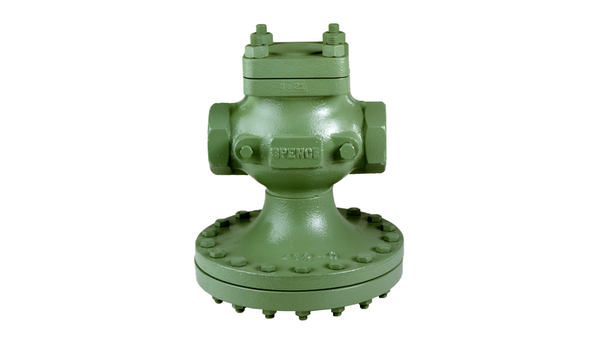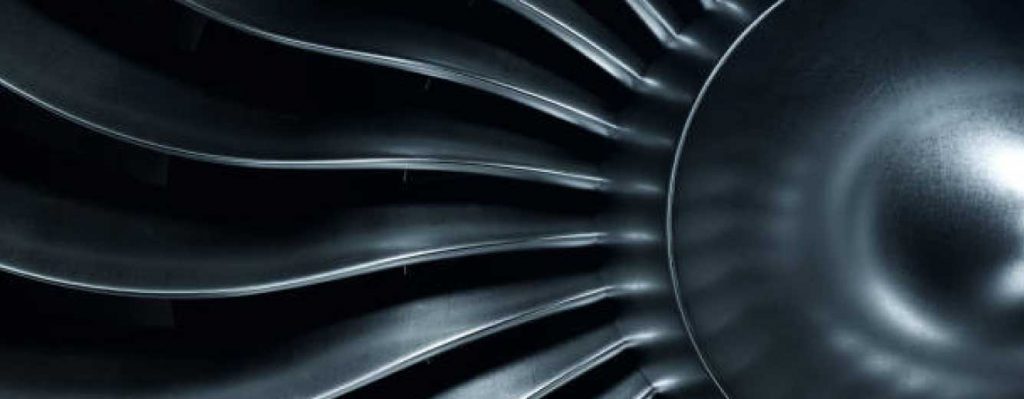Sizing a Pressure Reducing Valve? Here is the information you need.

Sizing a Pressure Reducing Valve? Sizing a steam pressure reducing valve (PRV) is a critical process in designing steam systems. A properly sized PRV ensures efficient and safe operation, as it reduces the steam pressure from a higher level to a lower, usable pressure for downstream equipment. To size a PRV accurately, consider the following key factors:
- Inlet pressure (P1): The upstream or higher pressure from the steam source, which is typically the steam boiler or distribution header. This value is essential for selecting the appropriate valve that can handle the inlet pressure.
- Outlet pressure (P2): The desired downstream or lower pressure after the PRV, which depends on the requirements of the downstream equipment or process. This value helps to determine the pressure drop across the valve.
- Flow rate (Q): The amount of steam flow that the PRV must handle, typically expressed in pounds per hour (lb/h) or kilograms per hour (kg/h). This is a crucial factor in determining the valve size and its capacity to handle the required steam flow without creating excessive pressure drop.
- Valve sizing coefficients (Cv or Kv): These are empirically derived coefficients that represent the flow capacity of a valve. Cv is used in the US (measured in gallons per minute of water at 60°F) while Kv is used in Europe (measured in cubic meters per hour of water at 5-40°C). These coefficients are provided by valve manufacturers and are used to determine the appropriate valve size for a specific application.
- Safety factors: It’s important to consider safety factors in the sizing process. Oversizing a valve can lead to instability, premature wear, and increased energy consumption, while undersizing can cause insufficient pressure reduction or inadequate flow rates. It is recommended to include a safety margin (usually around 10-20%) when sizing a PRV to account for fluctuations in the steam demand or pressure.
- Type and construction of the PRV: Selecting the appropriate type of PRV (e.g., direct-operated, pilot-operated, or balanced) and the construction material (e.g., stainless steel, bronze, or cast iron) is important to ensure compatibility with the steam system and to maximize the valve’s performance and lifespan.
To size a PRV, you’ll need to gather the required data (P1, P2, Q) and refer to the manufacturer’s catalog or sizing software to find the appropriate valve size, type, and Cv or Kv value that meets the system requirements. It’s also essential to consider the installation, maintenance, and operational requirements when selecting a PRV. Consulting with a steam system specialist can be helpful to ensure proper sizing and selection of a PRV for your specific application.
For more steam system tips, please go to www.somes-nick.com/multimedia-resources/. For more information on the types of PRV’s, please visit www.spencevalve.com

